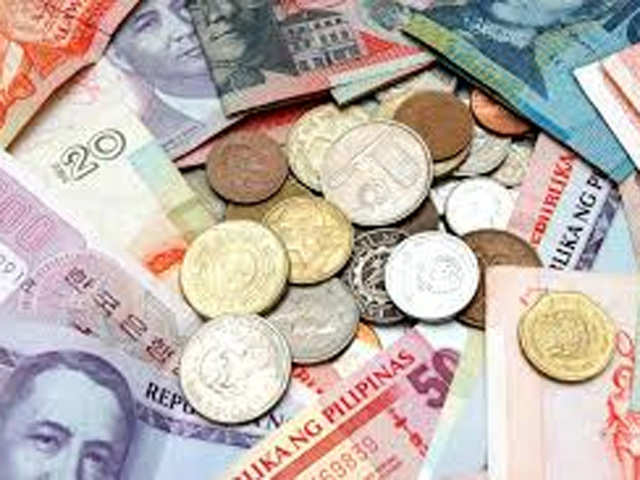At $1.6 trillion a day, EM FX trading outpaces major peers
Currency trading grew at a faster pace in emerging markets than developed nations.
by Bloomberg
By Netty Ismail
Currency trading grew at a faster pace in emerging markets than developed nations over the past three years, boosted by an increase in automated buying and selling as well as demand for riskier assets, according to the Bank for International Settlements.
Developing-nation currencies accounted for 23 per cent of trading in the global foreign-exchange market in April, up from 19 per cent in 2016 and 15 per cent in 2013, the Basel, Switzerland-based institution said in its quarterly review. Average daily turnover jumped about 60 per cent between April 2016 and April 2019 to almost $1.6 trillion, according to the BIS, which fosters cooperation between central banks.
In early 2016, emerging-market currencies began a two-year rally that took MSCI Inc.’s gauge to a record as investors sought higher-yielding assets. Concern over the impact of a trade war between the US and China has since dented some of those gains.
The diversity of market participants also contributed to growth in emerging-market currency trading, according to the BIS. Automated trading, in particular high-frequency activity, has made over-the-counter markets more attractive to those engaged in such strategies, including hedge funds and principal trading firms, it said.
There’s been “growing investor appetite for riskier higher-yielding assets typically associated with emerging markets,” said Stephen Innes, chief Asia market strategist at AxiTrader in Bangkok. “Out of necessity, the emerging-market space has developed incredibly, with many platforms, banks and electronic communication network brokers filling a huge void that was pretty much the domain of voice traders and subject to crazy spreads not too long ago.”
Electronic activity also boosted the market for non-deliverable forwards, the BIS said. NDFs are often used by investors to bet on the direction of a currency and are typically traded in offshore financial centers. Despite continued restrictions on their convertibility, NDF trading in the Indian rupee, Indonesian rupiah and Philippine peso more than doubled, the BIS said.